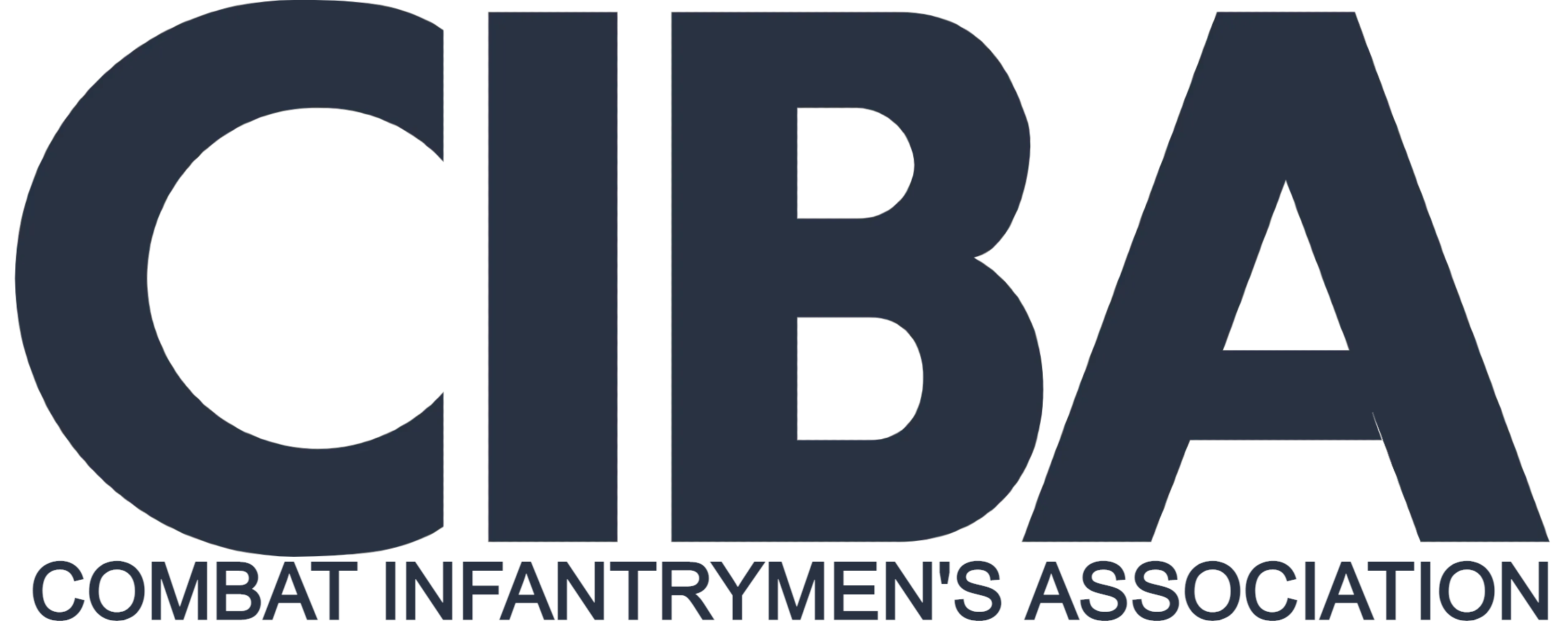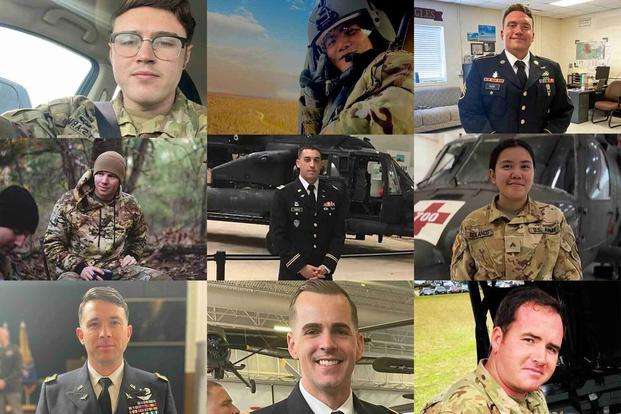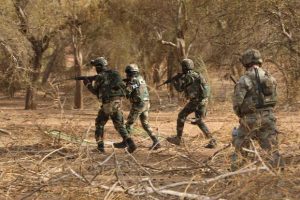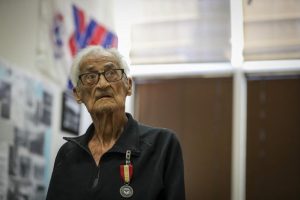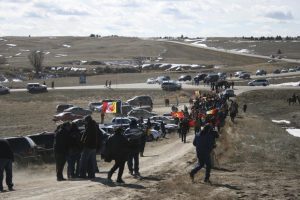The Army on Friday identified the nine soldiers killed in a crash involving two Black Hawk helicopters Wednesday evening in southwestern Kentucky.
The two helicopters were from the 101st Combat Aviation Brigade, 101st Airborne, and were conducting a routine training exercise flying at night with the pilots wearing night vision devices. There was no clear indication of inclement weather, based on local weather reports.
The incident marked one of the worst training incidents in the Army’s history. It also has returned the spotlight to incidents with Black Hawk helicopters, the service’s key aviation tool for getting soldiers in and out of battle, which has been plagued with safety concerns for decades.
Read Next: GI Bill Housing Payments Delayed, VA Says
“My heart goes out to the families of these service members and to the members of the 101st Airborne Division who bravely and proudly serve our country each and every day,” Defense Secretary Lloyd Austin said in a statement.
All soldiers were assigned to the 101st Airborne out of Fort Campbell, Kentucky.
- Warrant Officer 1 Jeffery Barnes, 33, of Milton, Florida
- Cpl. Emilie Marie Eve Bolanos, 23, of Austin, Texas
- Chief Warrant Officer 2 Zachary Esparza, 36, of Jackson, Missouri
- Sgt. Isaacjohn Gayo, 27, of Los Angeles, California
- Staff Sgt. Joshua C. Gore, 25, of Morehead City, North Carolina
- Warrant Officer 1 Aaron Healy, 32, of Cape Coral, Florida
- Staff Sgt. Taylor Mitchell, 30, of Mountain Brook, Alabama
- Chief Warrant Officer 2 Rusten Smith, 32, of Rolla, Missouri
- Sgt. David Solinas Jr., 23, of Oradell, New Jersey
At 10 p.m. CT Wednesday, the two helicopters crashed into a field not far from a residential area. It is unclear what led to the crashes as Army officials are still investigating. It’s the deadliest incident for the 101st Airborne since another crash involving a pair of Black Hawks in 1988 that killed 17 soldiers.
That crash also occurred around the same time of night and with fair weather, according to reporting at the time. Investigators concluded that the crash occurred when one Black Hawk slammed into another mid-air while conducting a routine maneuver.
Black Hawk crashes in training make up the overwhelming majority of military aviation fatalities, in which five soldiers on average die a year on average, according to service data. In February, two Tennessee National Guard soldiers died in a Black Hawk crash in Alabama. In a 2015 incident, seven special operations Marines and four Louisiana National Guardsmen died when their Black Hawk crashed in Florida during nighttime training.
The Black Hawk has been in use by the Army since 1979 and has been grounded on several occasions over safety concerns. In total, the aircraft has been involved in at least 390 crashes and other incidents that resulted in injuries and deaths, the lion’s share in the United States, according to data from the Aviation Safety Network. The site has tracked 970 deaths related to Black Hawk incidents.
The Army has not grounded the Black Hawk or ordered any further safety measures while the investigation into the incident continues.
“At this time, the Army’s UH-60 fleet remains operational with no plans for a safety stand-down. A Safety Investigation Team from the U.S. Army Combat Readiness Center, headquartered at Fort Rucker, Alabama, is leading the safety investigation and, based on their findings, the Army will make decisions on safety and training protocols,” Jason Waggoner, a service spokesperson, told Military.com in a statement.
— Steve Beynon can be reached at Steve.Beynon@military.com. Follow him on Twitter @StevenBeynon.
Please rate this CIBA article
Vote
